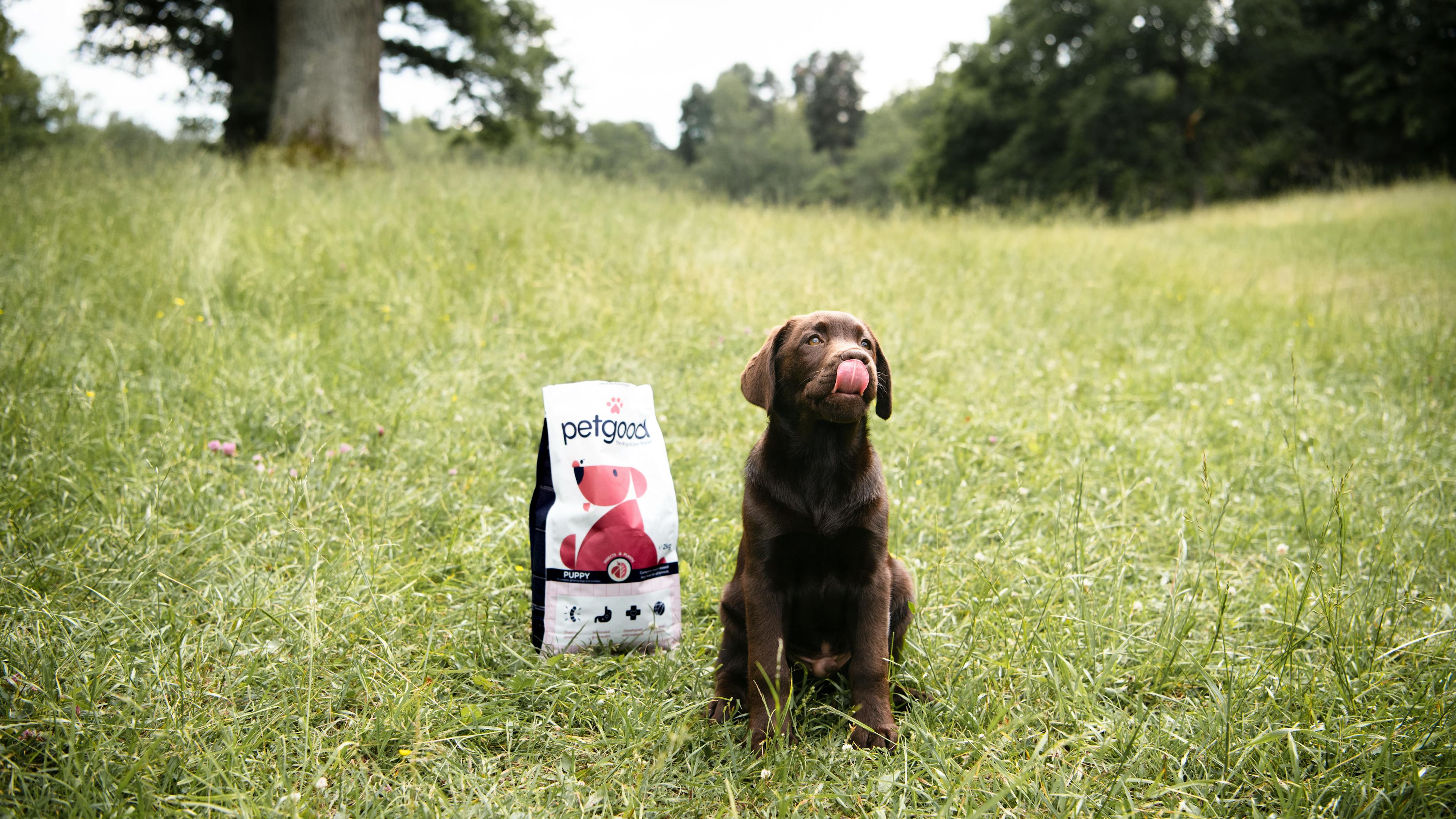Active location:
Select your country:

How long is a dog pregnant?
Seeing a litter of puppies come into the world is one of the most magical things you can experience. One by one, the small, squealing bundles are washed clean by their mother and fumbly crawl around to find their mother's milk. Quickly, they settle down and silence settles in, as both the new mother and the new lives exhale and relax. But until then, how long does it really take for a puppy to be ready for the world?
How long is a female dog pregnant?
A dog is normally pregnant for 63 days, in other words 9 weeks. The days are counted from mating and thus fertilization. The length of the pregnancy can vary slightly between females, in the range of 58-67 days.
What happens during pregnancy?
Week 1-3
During the first three weeks, there are not many physical signs that the dog is pregnant. Some females may have a slightly swollen vulva in the first week after conception, and some experience poor appetite or nausea. Some dogs become calmer or slightly subdued in temperament, but there are also females that do not show anything at all during this period, and everything is just as usual.
Week 4-5
Now it starts to be evident that the female's belly is growing and she is gaining weight, while her energy needs are starting to increase. At this time, an ultrasound can be done to confirm whether the female is pregnant or not. With the ultrasound, you can determine roughly how big the litter will be, but it is often difficult to know exactly how many puppies there are.
Week 6-7
Towards the end of these weeks, the puppies have grown and formed skeletons - now you can see them on X-rays! Here, the female has become quite round around the belly, has an increased need for food and may start to get more tired. Many females want to rest more and settle in their “nest”.
Week 8-9
Now it's getting close to birth! Puppy movements can now be felt with a hand against the female's belly. The mother needs to take it easy, is quite round and may have difficulty eating properly, especially if she has many puppies in her stomach.
How do you know the dog is pregnant?
During the first few weeks, it can be difficult to know for sure whether the female is pregnant or not - you can't tell with a urine sample like with humans. This is because the progesterone levels, which you measure in the urine, in the dog are the same regardless of whether she is pregnant or not.
Around 4-5 weeks, the pregnancy can be confirmed with an ultrasound, and around 6-7 weeks, the number of puppies can be counted on an X-ray.
What are the nutritional needs of a pregnant dog?
When the dog becomes pregnant, her need for both fat and protein increases. When she begins to produce milk, this also results in an increased need for minerals in the diet, especially calcium. The female may also have difficulty eating a sufficient amount of feed when the puppies are taking up space in her stomach, and for this reason also needs a more energy-rich feed. Feeds adapted for pregnant and lactating females are designed around these special nutritional needs.
The need for energy in the female varies depending on factors such as the size of the dog, how many puppies she has, how far along in the pregnancy she is and how much milk she produces. During the first 4 weeks of pregnancy, the female has approximately the same energy needs as usual, and therefore does not need an increased amount of feed as long as she does not lose weight.
During the last five weeks of pregnancy, the female’s energy needs increase by approximately 25-50%. The puppies can take up a lot of space in the stomach, which can both give the bitch a poorer appetite and easily cause her to vomit if she eats too much. Then she may need to be fed several times and in small portions if she has difficulty eating.
Here you can read more about our puppy food, which is also suitable for pregnant and lactating females.
Are you curious to read a little more about the kennels that are affiliated with us and their experiences with litters of puppies on petgood? You can find that here.
Mentioned products









